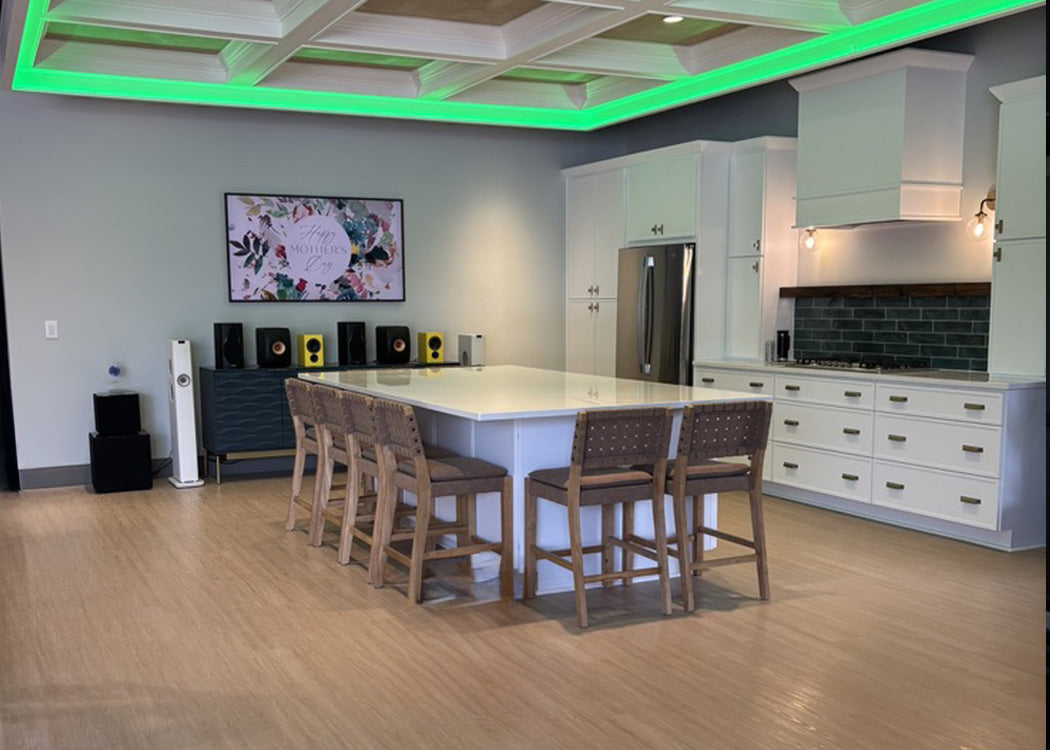5.2.2 Home Theater Tour w/ Full Timelapse & Star Ceiling Install












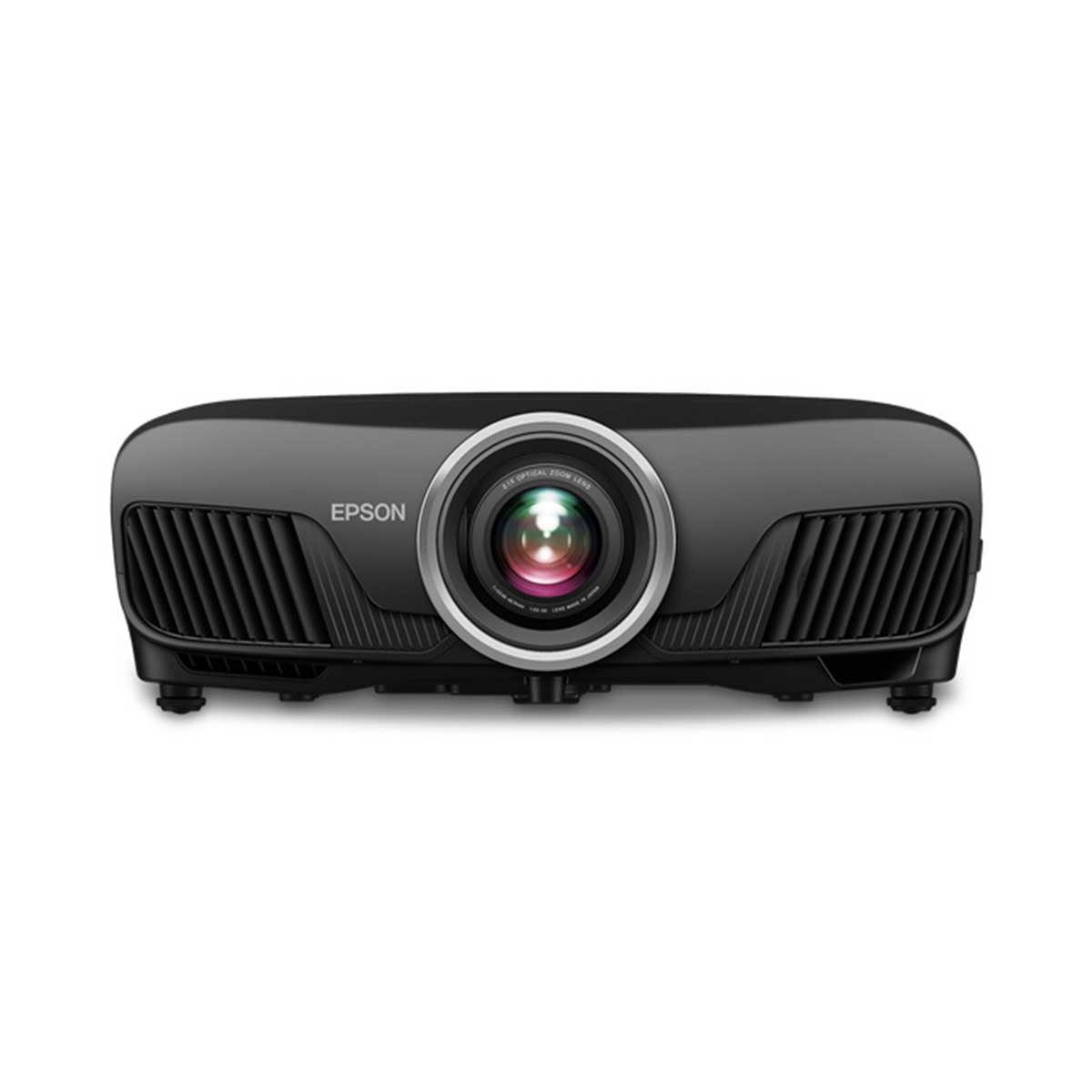
Epson 4050 4050 4K PRO UHD Home Theater Projector
$2,399.00
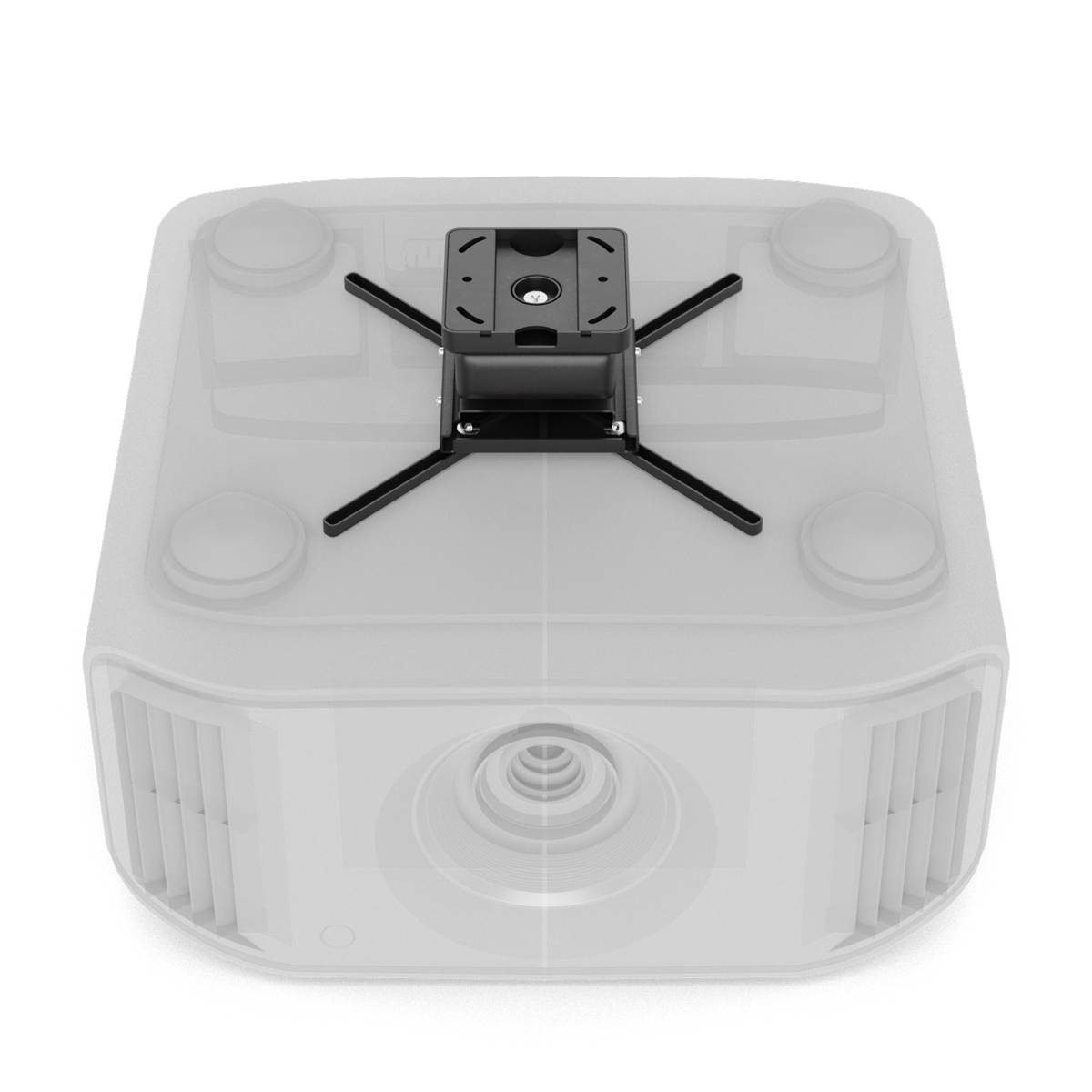
Audio Advice Universal Projector Mount for Sony, JVC, & Epson Projectors
$294.65

JBL Synthesis SCL-6 2.5-Way Quad 5.25" In-Wall Speaker
$1,814.95

JBL Synthesis SCL-7 2-Way Dual 5.25" In-Wall Speaker
$1,209.95

JBL Synthesis SCL-8 2-Way 5.25" In-Ceiling Speaker
$1,209.95


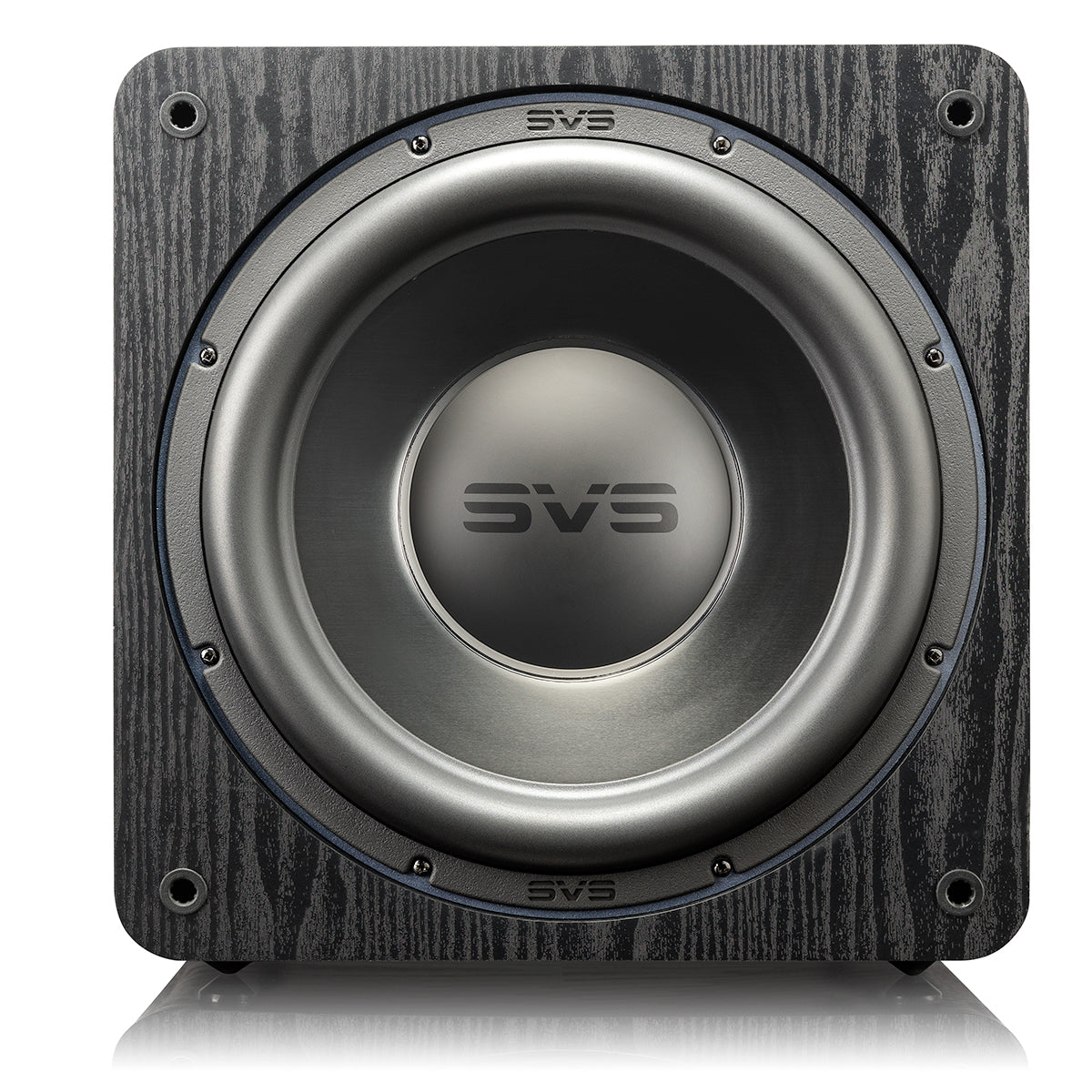
SVS SB-3000 Subwoofer
$999.00
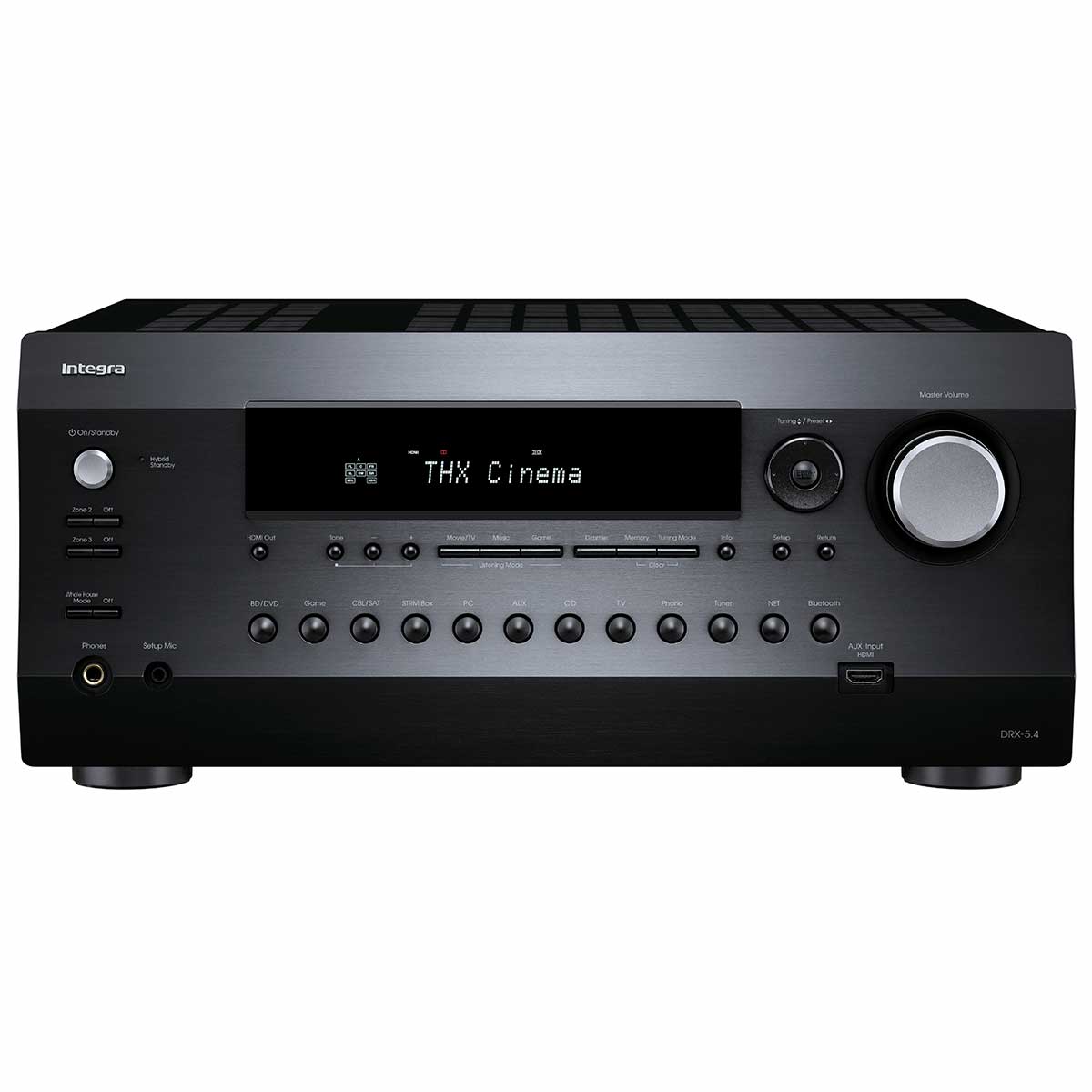
Integra DRX 5.4 9.2 Channel Network AV Receiver
$2,299.99
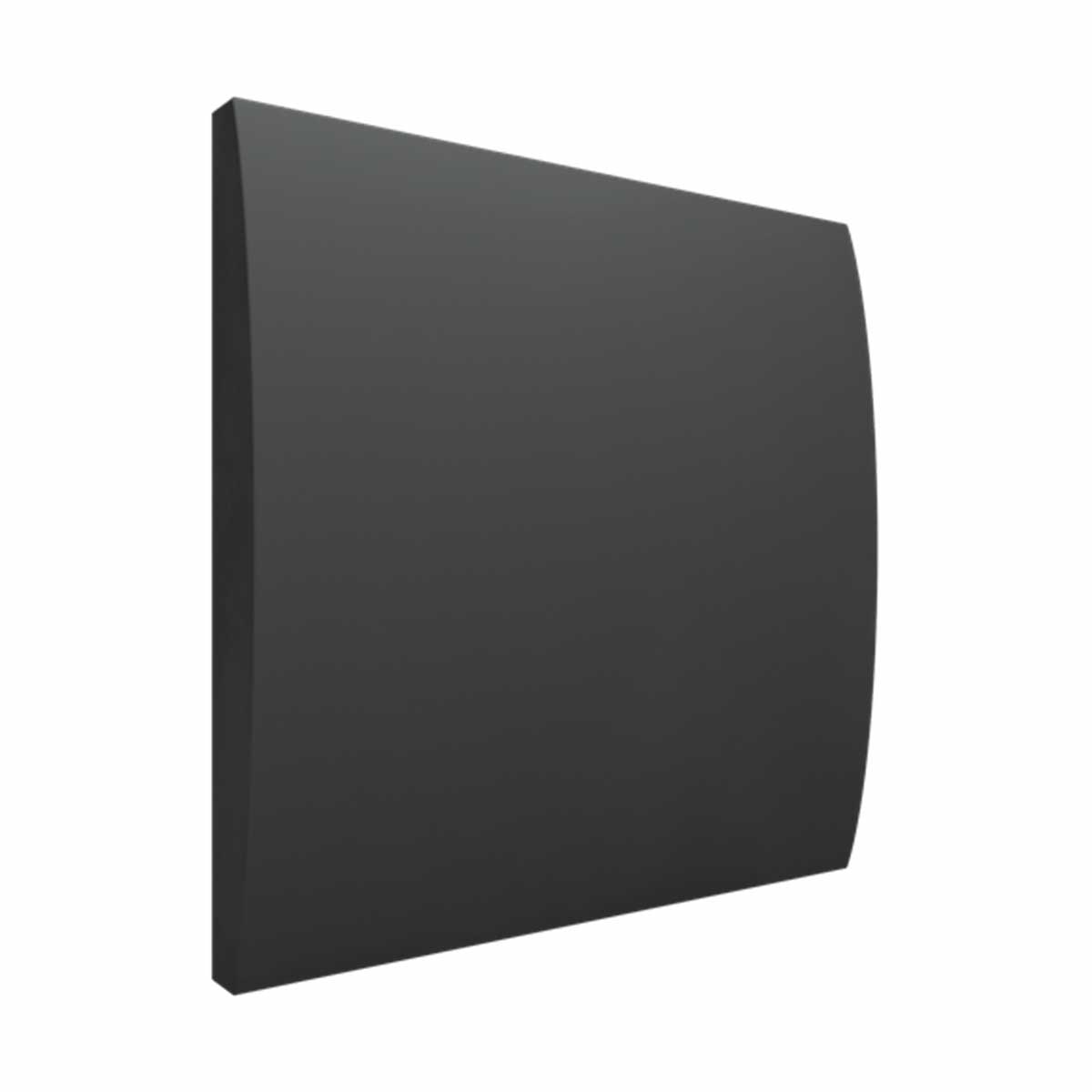
Vicoustic Cinema Round Premium Home Theater Absorption Wall & Ceiling Acoustic Panel - 8 Pack
$789.00

Epson 4050 4050 4K PRO UHD Home Theater Projector
$2,399.00

Audio Advice Universal Projector Mount for Sony, JVC, & Epson Projectors
$294.65

Integra DRX 5.4 9.2 Channel Network AV Receiver
$2,299.99

JBL Synthesis SCL-6 2.5-Way Quad 5.25" In-Wall Speaker
$1,814.95

JBL Synthesis SCL-7 2-Way Dual 5.25" In-Wall Speaker
$1,209.95

JBL Synthesis SCL-8 2-Way 5.25" In-Ceiling Speaker
$1,209.95

SVS SB-3000 Subwoofer
$999.00

Vicoustic Cinema Round Premium Home Theater Absorption Wall & Ceiling Acoustic Panel - 8 Pack
$789.00
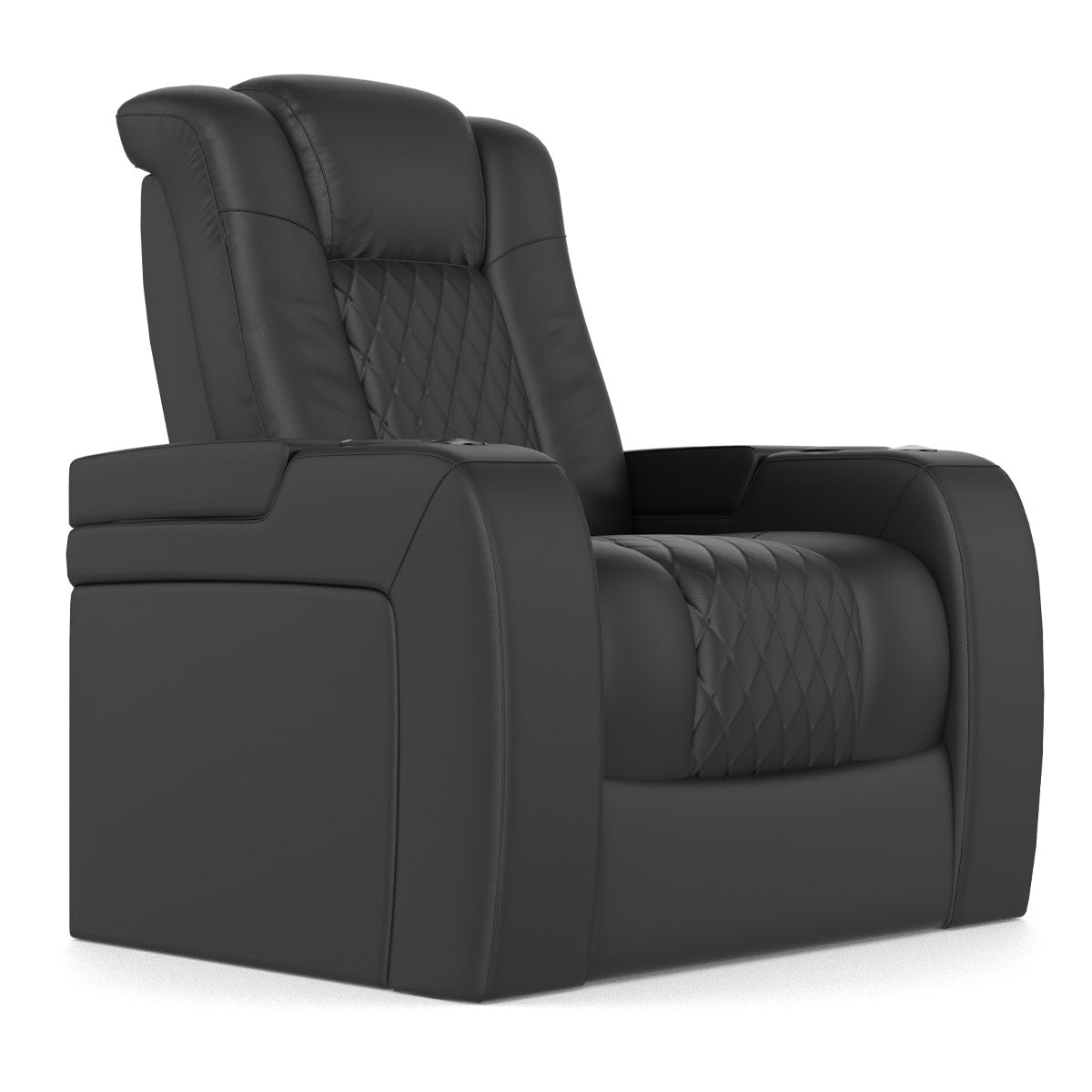
Revelation Home Theater Seating - Audio Advice
$1,149.00































